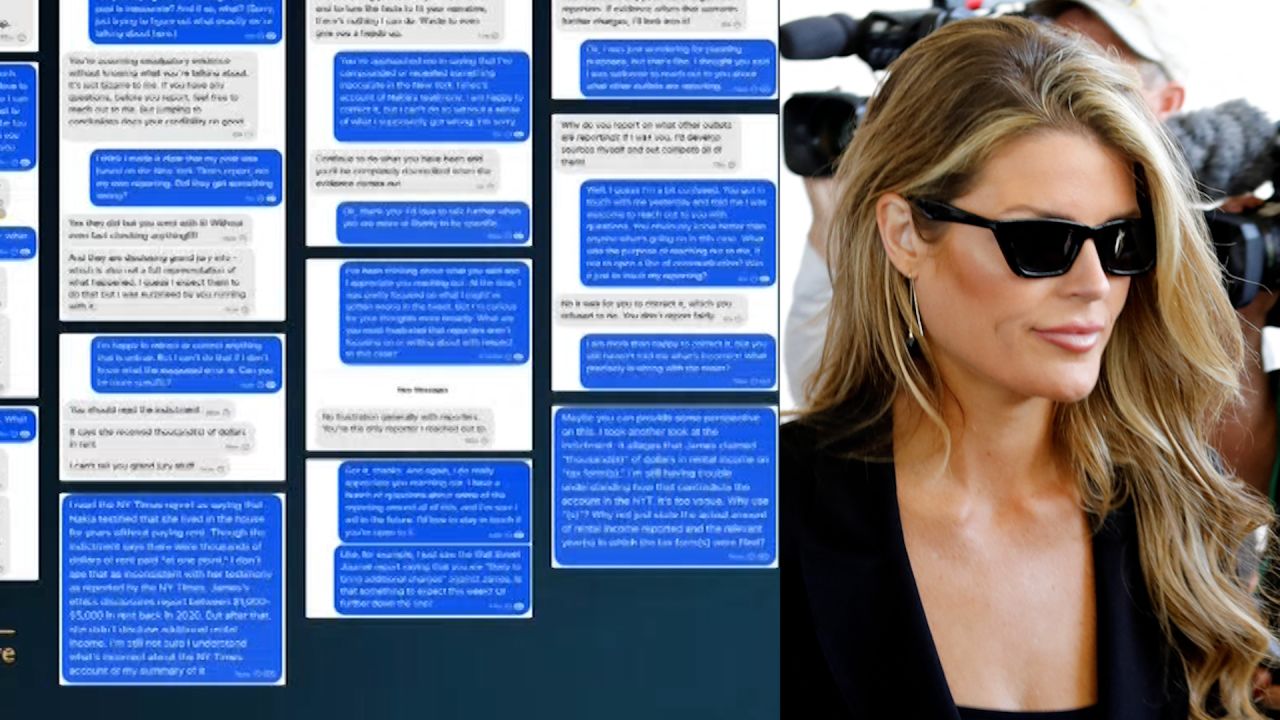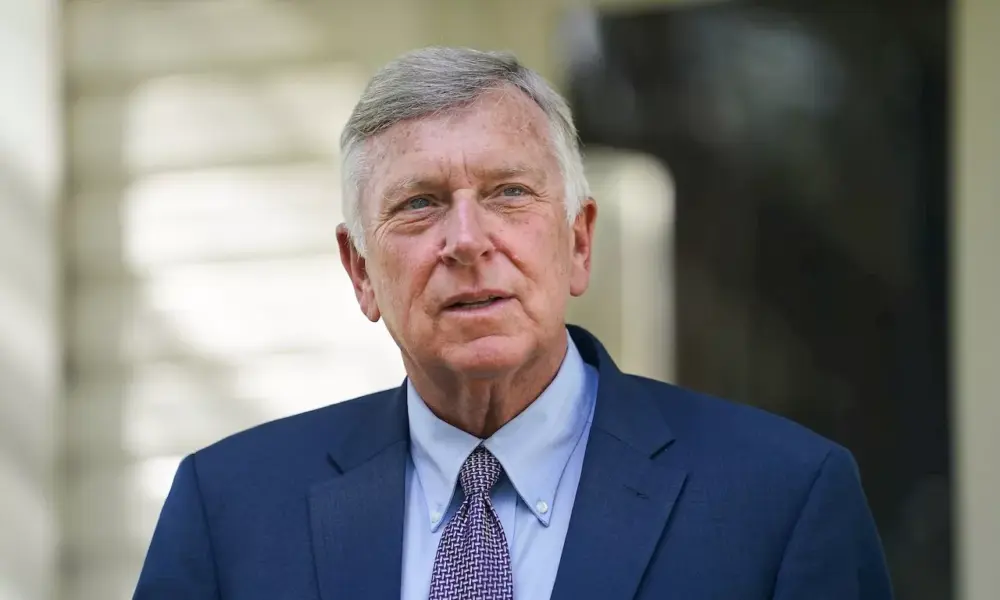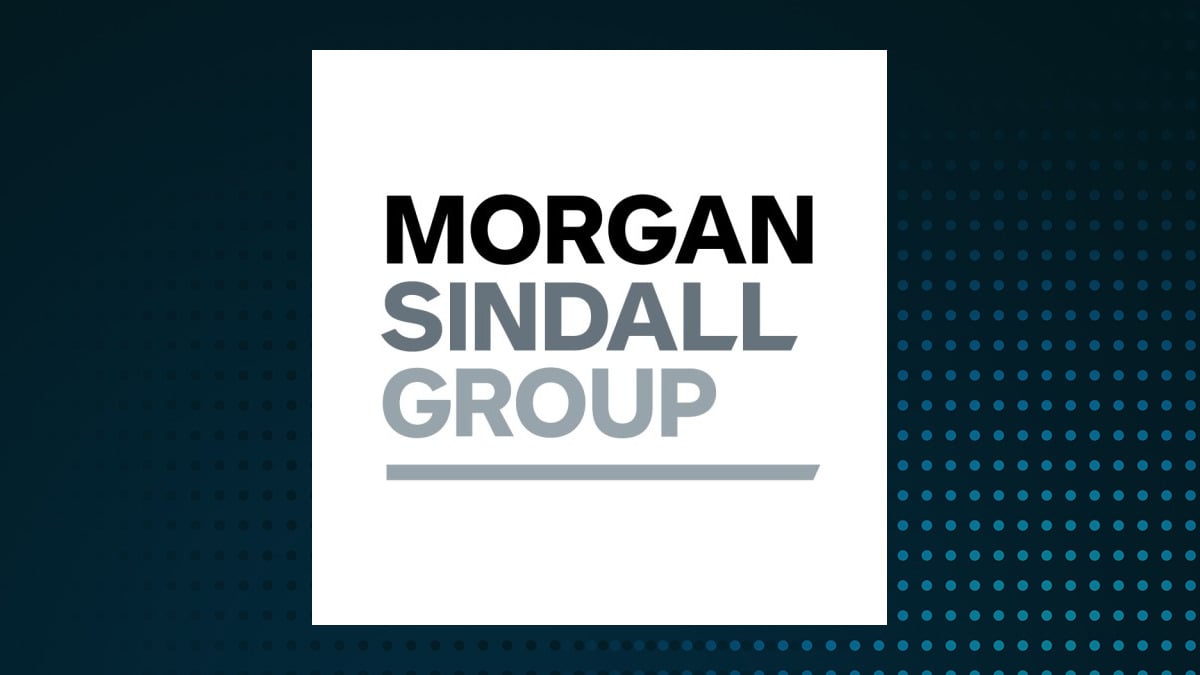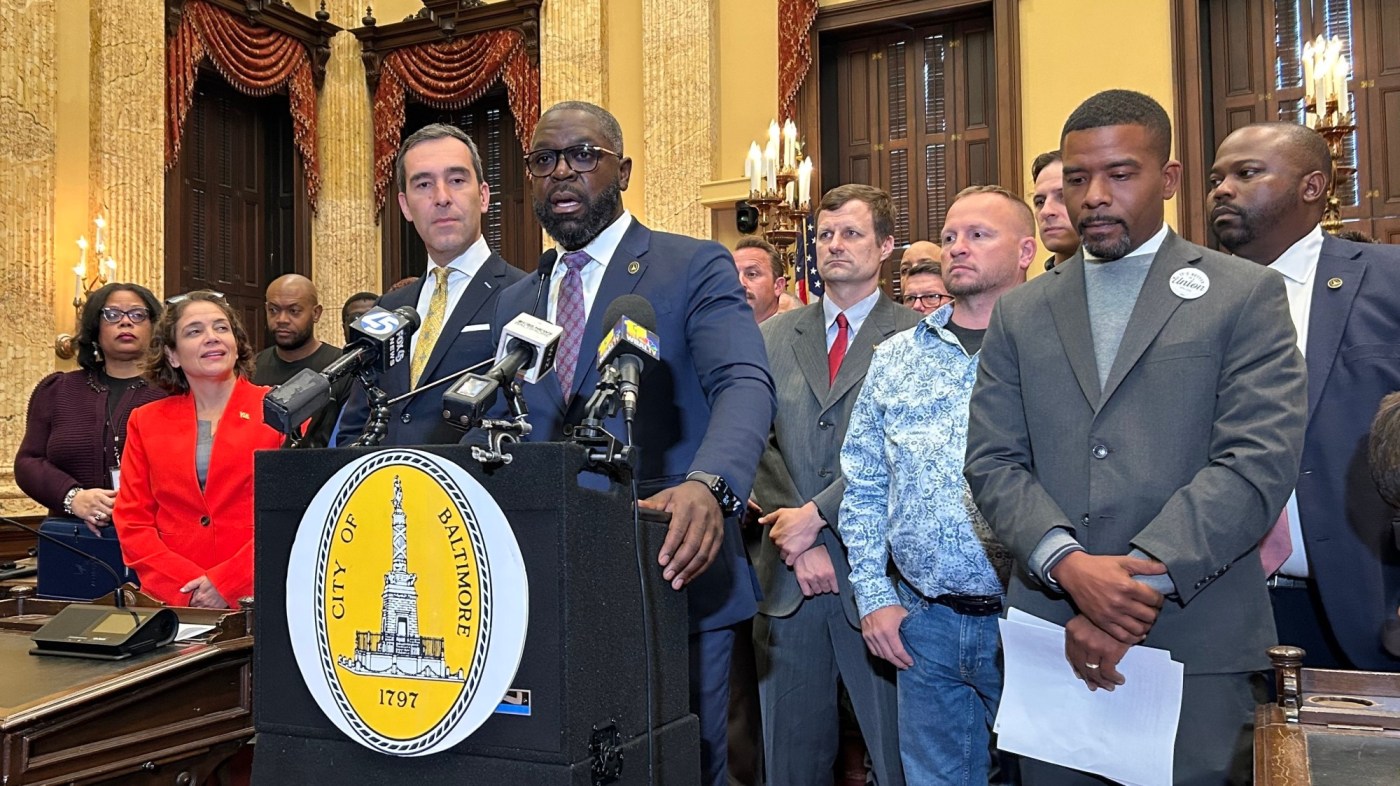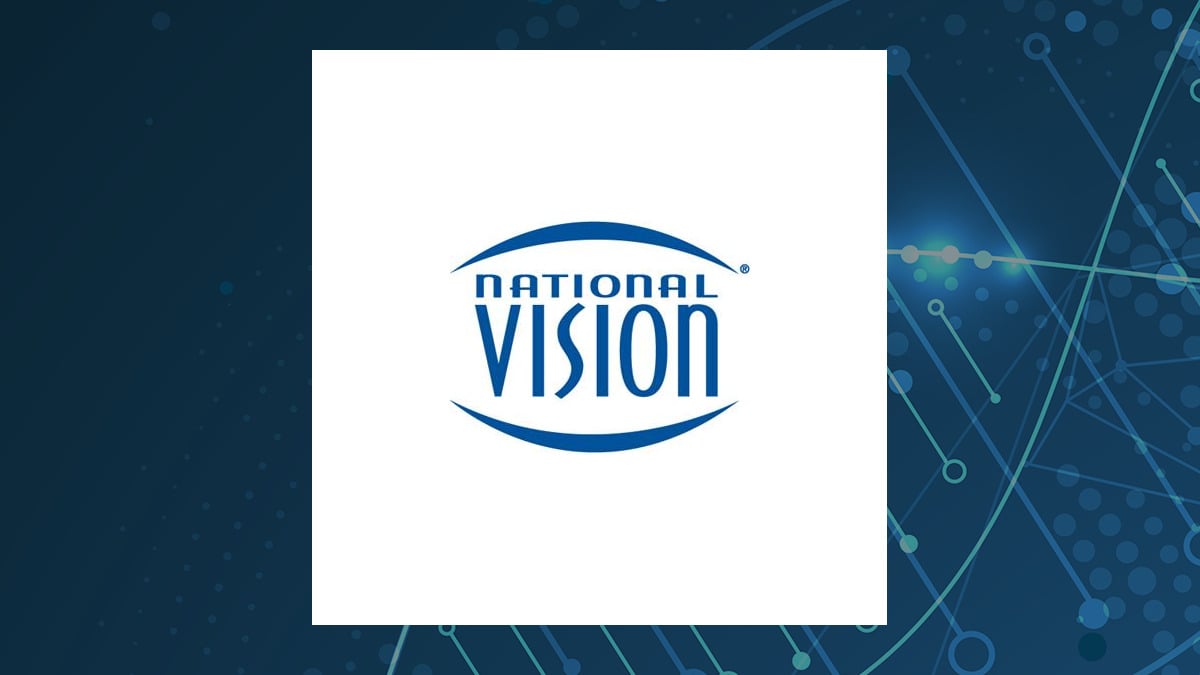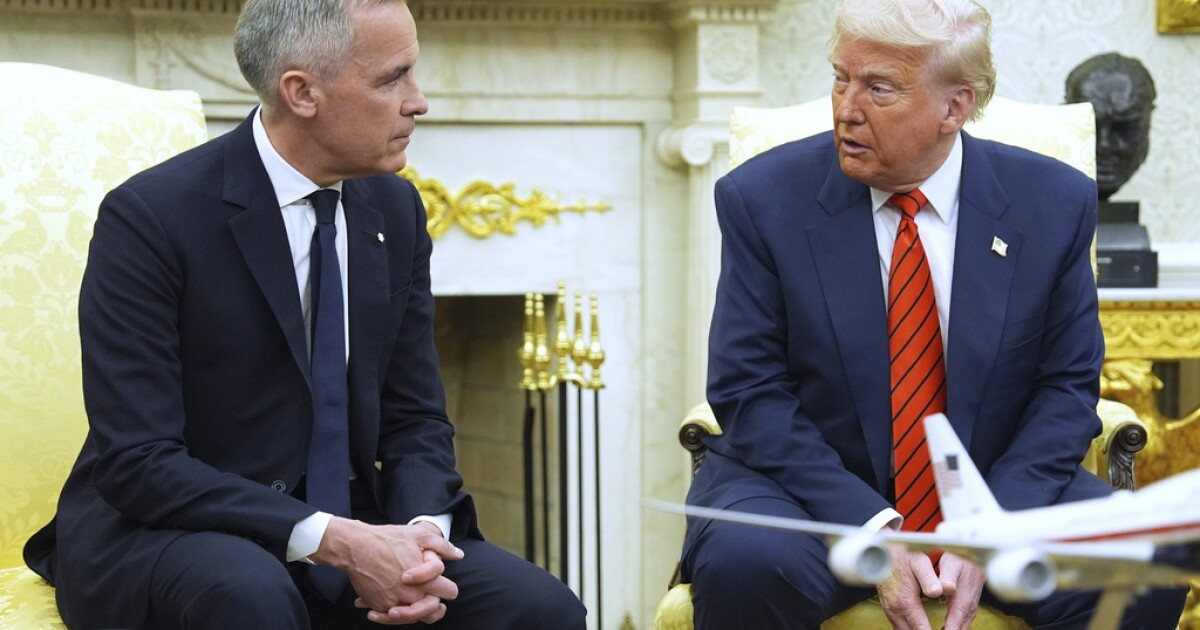A series of text messages exchanged between journalist Kaitlan Collins and Lindsey Halligan, the U.S. Attorney for Virginia appointed by former President Donald Trump, have been made public. These messages pertain to the ongoing legal battle involving Letitia James, the New York Attorney General, who has been pursuing a civil case against the Trump Organization.
The texts were published by Anna Bower, a Senior Editor at Lawfare, who shared them to provide insight into Halligan’s perspective on the case. Bower’s decision to disclose these communications has sparked discussions about transparency and the dynamics between legal representatives and the media, particularly in high-profile cases involving political figures.
Context of the Case
The legal action spearheaded by Letitia James asserts that the Trump Organization engaged in fraudulent practices, inflating asset values to secure loans and insurance benefits. This case has drawn significant media attention due to its implications for Trump’s business operations and political future.
In the text exchanges, Halligan expresses her views on the case and discusses the broader implications of James’s actions. The release of these messages has raised questions regarding the role of prosecutors in public discourse and their interactions with journalists. Bower’s publication of the texts aims to shed light on these interactions and the challenges faced by parties involved in contentious legal disputes.
Reactions and Implications
The disclosure of Halligan’s texts has generated a mix of reactions. Some critics argue that it reveals a troubling closeness between prosecutors and the media, while others defend the practice as a necessary part of public accountability. Bower’s move is seen by some as a step towards greater transparency, while others warn it could complicate legal proceedings and undermine the integrity of the justice system.
As the case progresses, the implications of these communications could resonate beyond the courtroom, potentially influencing public opinion about the Trump Organization and the ongoing legal scrutiny it faces. With the stakes high and the legal landscape constantly evolving, the interplay between legal authorities and the media will remain a critical focal point in the months ahead.
The release of these texts highlights the intricate relationship between law, politics, and journalism, reminding observers of the delicate balance between transparency and the pursuit of justice. As this case unfolds, further developments are likely to attract significant attention from both the public and media alike.

